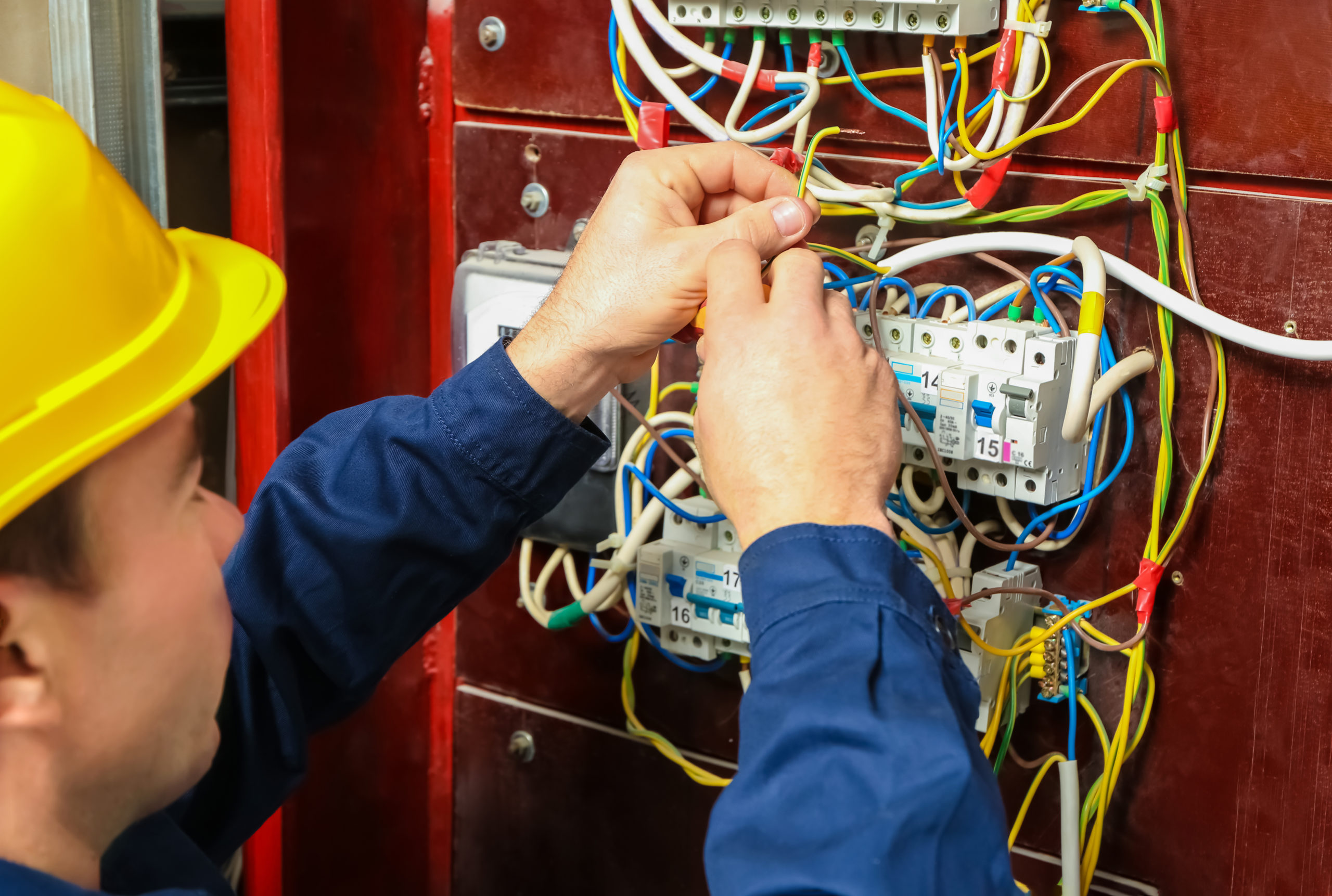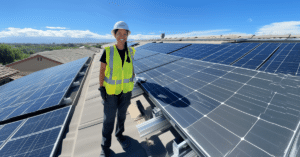Electrical skills are a core requirement for a maintenance technician. Ensuring all electrical systems work properly for a multi-family building is more important than just comfort, it’s essential for safety. This means safety for the technicians maintaining the building and also safety for the tenants living in it. And in an industry where the pace of innovation comes pretty quickly, it’s important to stay up-to-date with ongoing training and learning.
Here’s a list of 4 videos from Interplay Learning on basic electrical concepts that serve as a great refresh, whether you’re a beginner in the field or an experienced technician.
All basic electrical knowledge really starts here. This course lays the foundation for all the other electrical courses by explaining in simple terms where the fundamental concepts come from and how they all interrelate with each other. In this short video you’ll learn:
- The foundations of electrical theory
- Difference between current and voltage
- How Ohm’s law works
- The difference between power and energy
- Ideas on capacitance, electron flow, inductance, and polarity
Electrical Panels: Components and Safety
Knowing how to install and set up an electrical distribution panel is key knowledge for any maintenance technician. This course discusses the elements of an electrical panel, including the breakers, bus bars, and grounds, as well as touching on the correct way to install and wire these components. The key takeaways are:
- The difference between different designs of circuit breakers and their functions
- The difference between and ground and neutral conductor
- How to safely service these panels
- Proper lockout/tagout procedures
AC Power
Another electrical concept that always serves as a good refresher is around AC power. How does an alternating current differ from direct current? This course begins with a review of direct current concepts and leads to the introduction of alternating currents then draws a comparison between an AC current and the movement of water from a pump, with the pulsations from the pump creating a waveform. When the course is complete you will be knowledgeable in:
- Alternating currents
- AC Waveform values and parameters
- The movement of a single-phase current and how it is generated
- The movement of a three-phase current and how it is generated
Diagnosing Circuits: Simple Lighting and Receptacles
Lastly, after your techs have a full refresh on basic electrical knowledge theory from the other courses, this video and simulation goes a bit further for a more hands-on approach.
It poses real-world problems involving electrical receptacles and lighting fixtures, then challenges the tech to diagnose and repair the issue. They will need to answer questions like; is the problem reversed polarity? A loose connection? A bad ground, faulty circuit breaker, or bad switch?
Theory and knowledge are one thing, but being able to follow through with hands-on experience is something else entirely. By the end of this course, a technician will be refreshed on how to:
- Troubleshoot common electrical wiring problems related to lighting circuits.
- Troubleshoot common electrical wiring problems related to receptacle circuits.
Make Ongoing Learning Easy with Interplay Learning
These essential basic electrical training videos are only part of Interplay Learning’s complete courses. Interplay Learning provides online, on-demand skilled trades training that gives your team the confidence and knowledge they need to do their jobs right. Through 3D and virtual reality (VR) simulations, Interplay Learning’s unique model makes it easy for techs to stay up-to-date and upgrade their skills.
Their educational programs aim to not only give a student the know-how he or she needs, but to put that knowledge to the test and take on real problem-solving scenarios. Whether you’re a manager, a novice, a journeyman tech, or just someone who’s interested in a career as a technician, Interplay’s resources help guide you in a way that the learning feel effortless. Learn more about how preventive maintenance helps equipment failures well before they happen to keep a building in the best conditions for working and living in our blog post.










